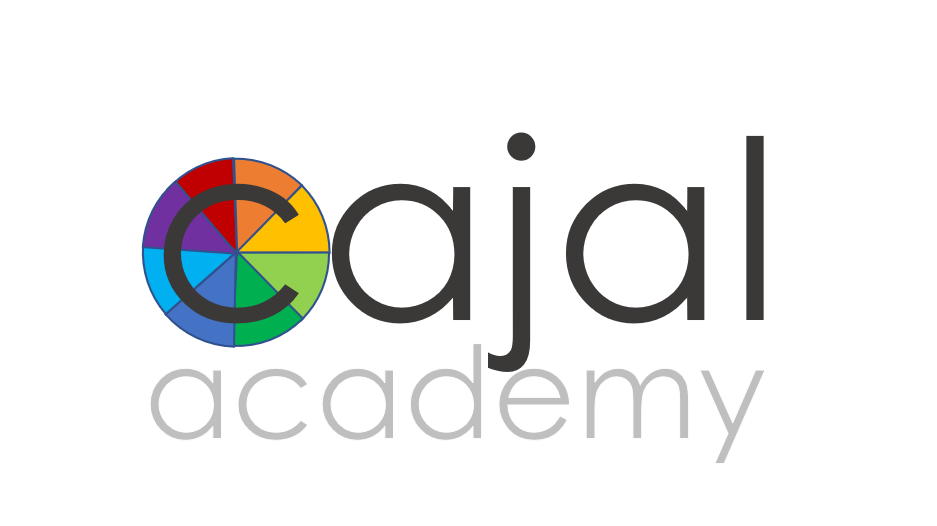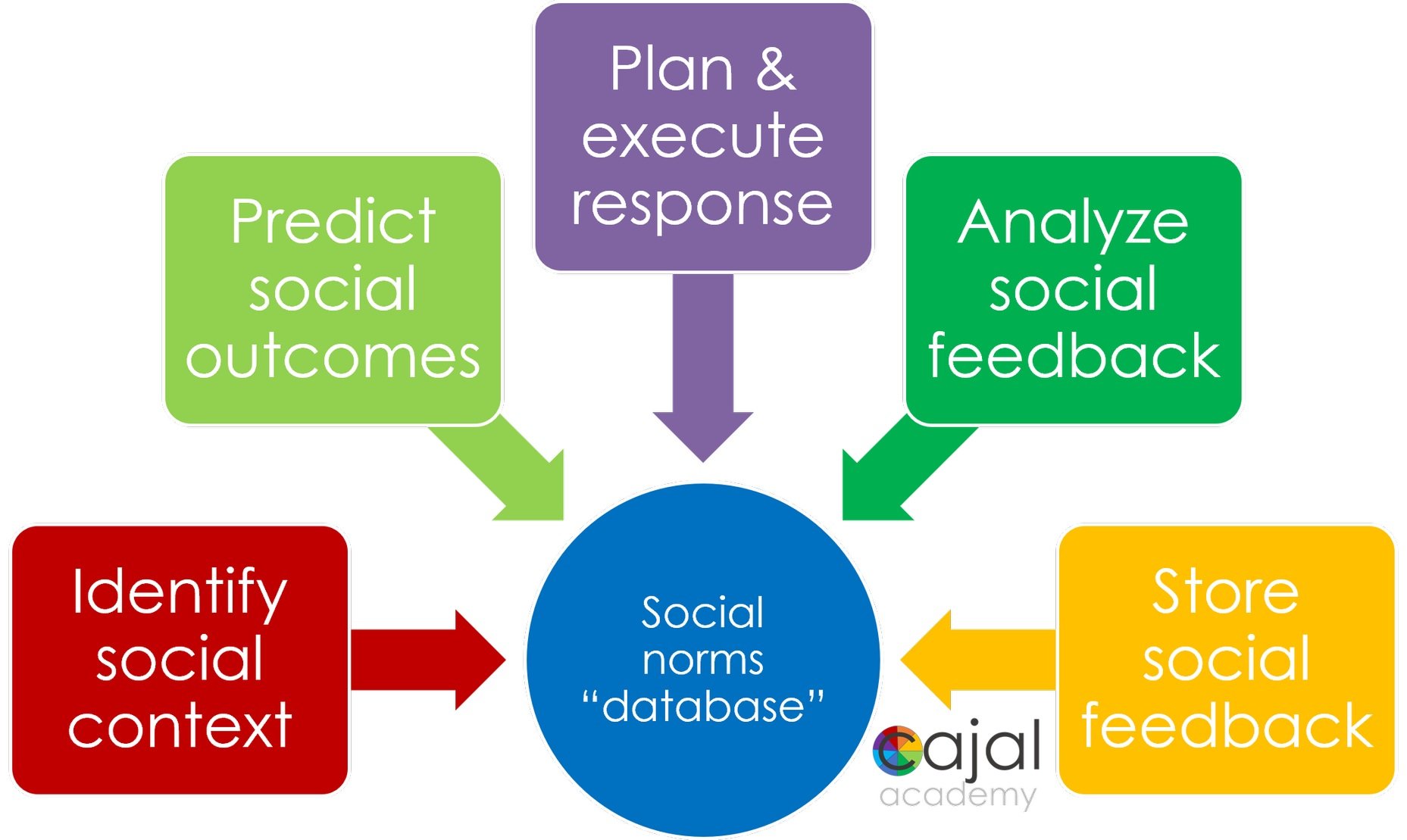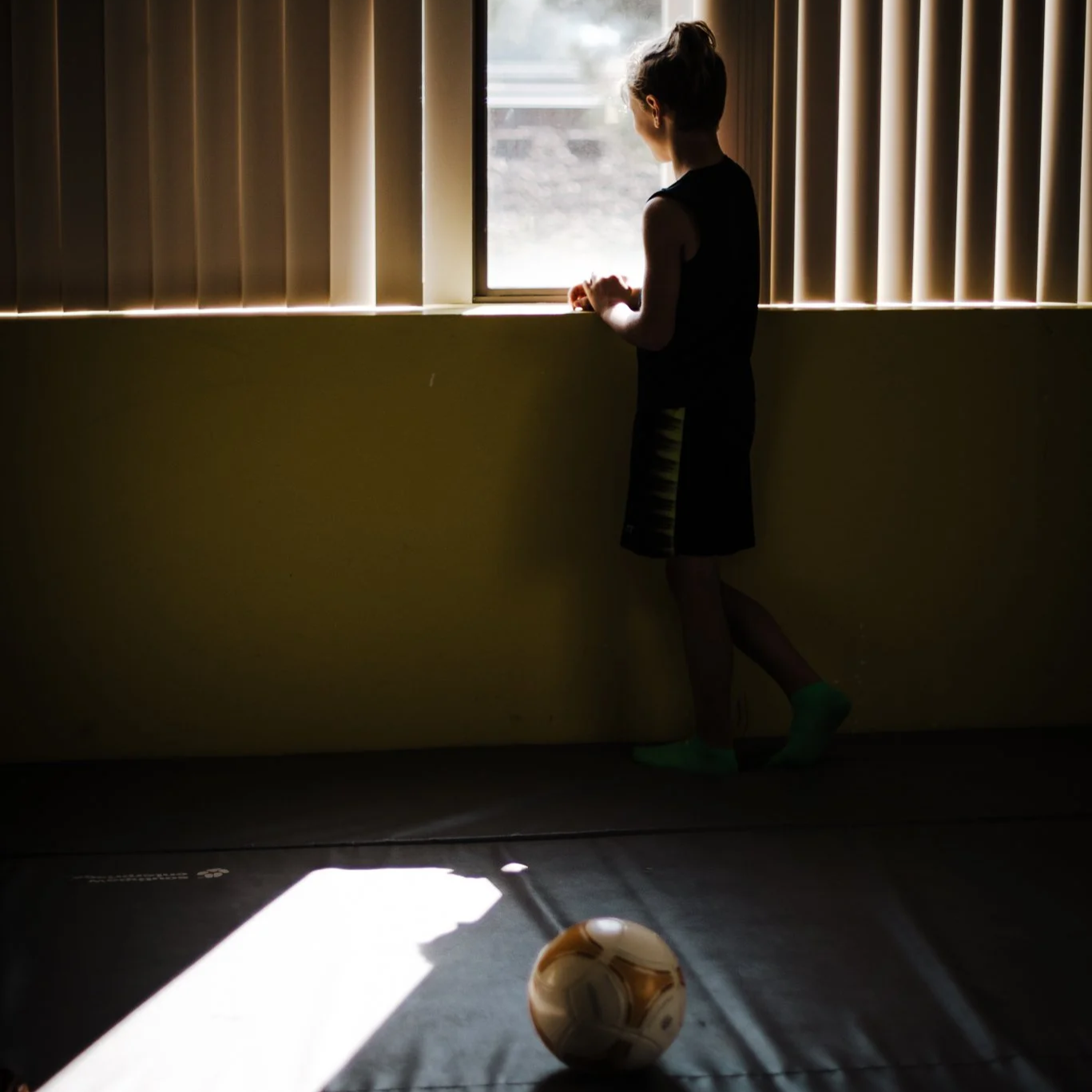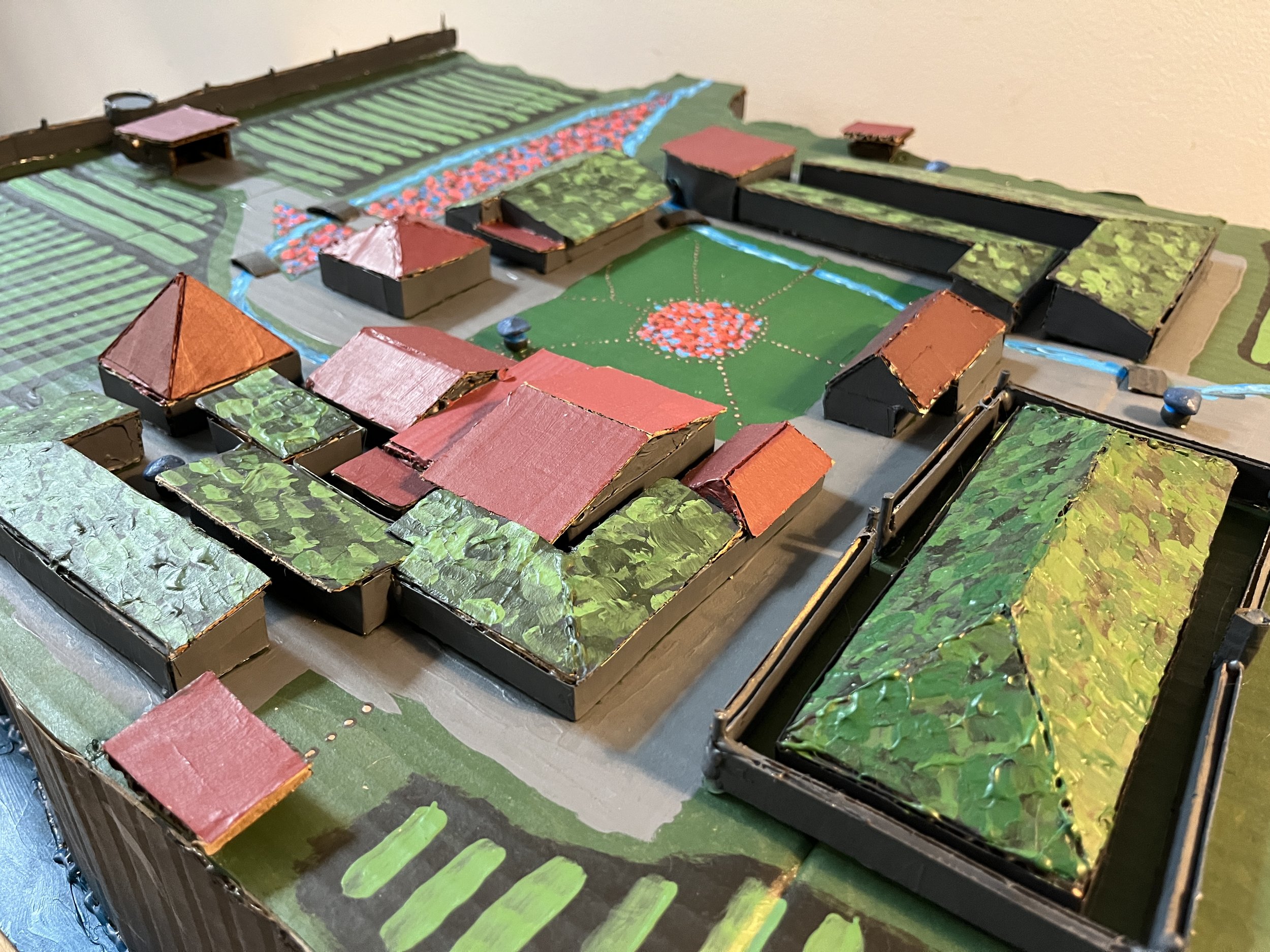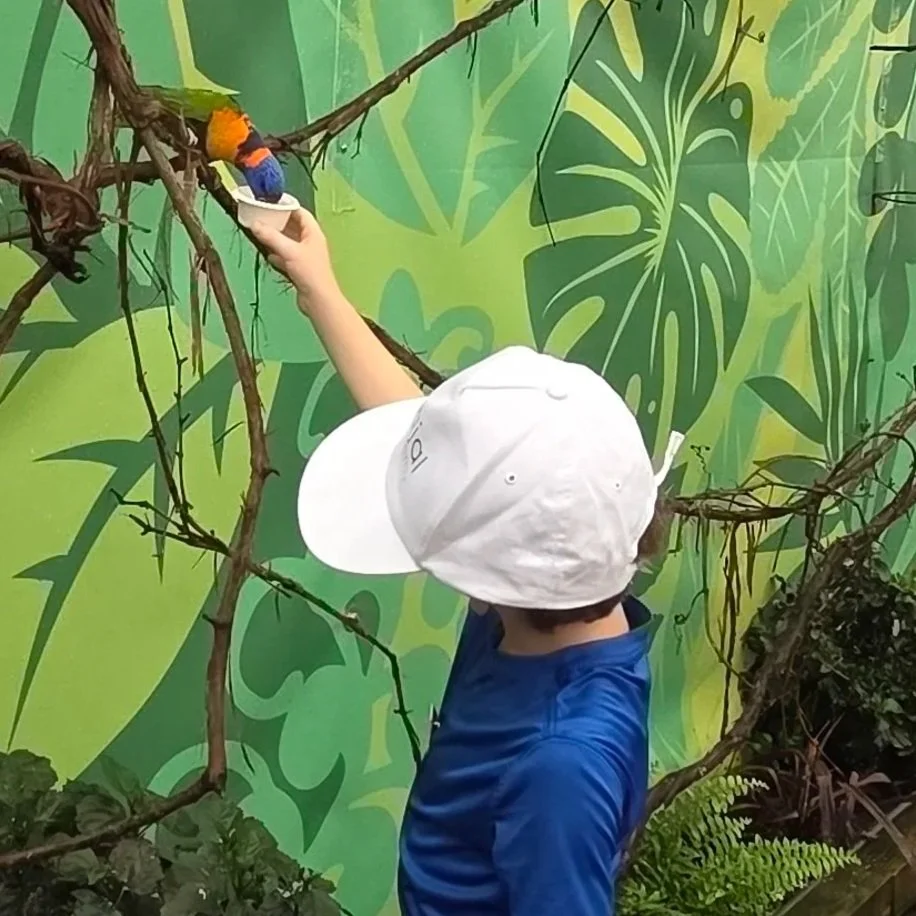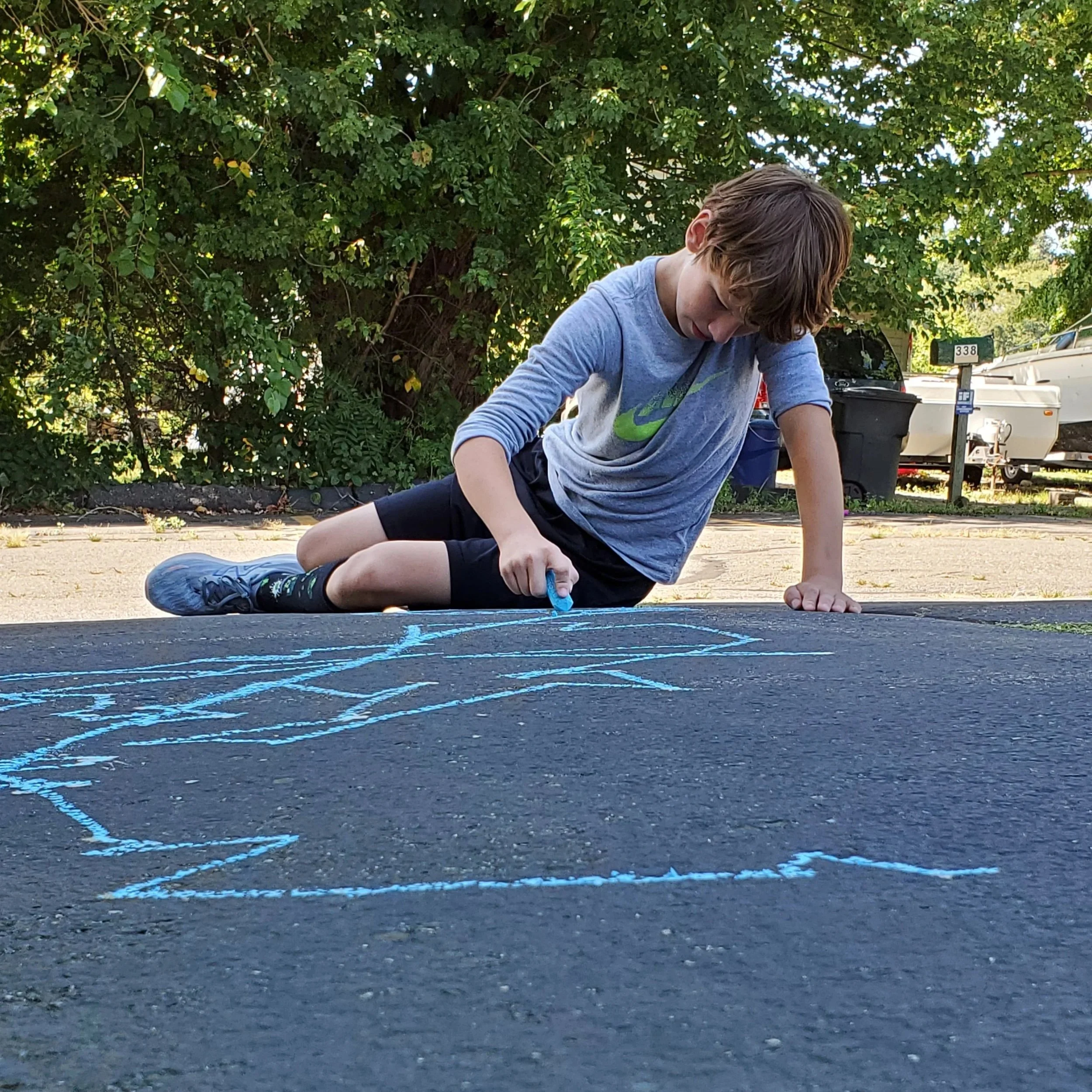Personalized social-emotional learning
Empowering social-emotional growth starts with understanding—and then helping the child to understand—the data in each child’s profiles, and how neuropsychological and neurophysiological skills influence their social-emotional and academic outcomes
Social-emotional struggles, from anxiety and depression to task avoidance and peer conflicts, are common among children who have uneven neuropsychological profiles—so much so that it is commonly noted that children with twice exceptional profiles tend to more easily find kinship with children who are older or younger than themselves than with kids their own age (thus our mixed age community!).
In our experience, these challenges are often driven by the very fact of the gaps in the child’s profile itself, as they rob the child of the ability to predict what academic tasks will be easy or hard for them, and may even deny them the even compliment of skills required for effective social-emotional functioning. Over time, this combination creates the conditions for school-based trauma, which may become triggered as academic curriculum and social interactions each become more complex as the child moves from early elementary grades through middle and high school. Behavior management programs are rarely effective at managing the resulting difficulties, and can have paradoxical and often further traumatizing effects in this cohort of students.
Cajal Academy was founded by a Mom to two twice exceptional children who was determined to solve this problem in a scientifically-grounded and research-backed way that validates these children’s struggles and the complexity they pose for educators seeking to support them. Because the trauma these children experience is endemic to their neuropsychological profiles themselves, it quickly became clear that breaking the cycle of traumatization would require targeting the gaps in their otherwise strong profiles. We do this by identifying those skills derailing the child’s experience and then enhancing them through neuroplasticity: a profound break-through for therapeutic educational programming that offers cross-setting improvements that transform students’ academic performance and quality of life.
This is a data-driven and multi-disciplinary therapeutic process that comprehensively rebuilds the foundation of a child’s social-emotional functioning while strengthening their resilience to withstand the stressors they will experience along the way. For those students who have social or emotional challenges, we create highly-individualized Student Growth Catalysts, using the same data-driven methodology that we apply to learning challenges. At the same time, all Cajal Academy students receive the leadership skills development that is integrated into our Vision to Voice Curriculum for all learners developing the ‘super-sized’ executive function, peer collaboration and self-care skills that innovative thinkers like the students that we serve will need to support their gifts for a future defined by their strengths.
Here is an overview of how we use that process to address social emotional learning needs.
Step 1: Re-understanding social-emotional (and/or behavioral) challenges in terms of the problem they need our help to solve
The first step for improving students’ social-emotional experiences is to break down diagnostic labels that describe what their challenges look like and identify the difficulties that actually drive that presentation. This is a data-driven and research-backed process; here is how we approach this critical first step.
We understand and respond to social-emotional struggles as reflecting the combination of how a child is wired today, generating actionable insights for how we can better empower them tomorrow.
At the heart of our Neuro- and Trauma-Informed Approach is the scientific reality that our thoughts, feelings and academic access are deeply influenced by our unique profile of neuropsychological “splinter skills” on the one hand, and our then-current level of neurophysiologic regulation on the other. This premise flows throughout all aspects of Cajal Academy’s social-emotional approach, including how we empower kids to understand their own actions and shift from social learners into social leaders; how we give kids agency over their experiences in the moment through strategies they can use to self-monitor, self-manage and self-advocate for their needs; and how we propel student growth through coaching in moments of conflict—whether that is between two students or between a student and a task that scares them. Parents report that this translates to sustained social growth at home and in the community, often within just a couple months of joining the program.
We analyze any observed social challenges in light of the data in their profile to identify what problem the child needs our help to solve
Social interactions are complex, and just as heavily influenced by our neuropsychological and neurophysiological profiles as our academic experiences are—so we take the same data-driven approach to identifying what problem this child needs our help to solve, and then how we can reduce those difficulties. This is not a one-size-fits-all approach. For example, students who know what to do in a given situation but rarely manage to do so in real owing to sensory hypersensitivities would be better helped by working with our sensory therapist on maintaining self-regulation than they would by social pragmatics work with a SLP. We share our findings about the root of a student’s social challenges with both their parents and the student themselves, accelerating progress that transfers across settings.
We appreciate the inherent potential for trauma that is endemic to an asynchronous profile, and bring social progress by disentangling learning connections
The academic and life-lived experience of being well ahead in some areas and lagging behind in others can act as an internal trigger for trauma that can become ‘tripped’ as the child progresses through increasingly-complex academic and social demands. This is true even where the delay is in seemingly unrelated areas like motor coordination or visual processing, as every learning and social experience requires that we simultaneously employ a mix of skills—and thus our success or failure on each of them will depend (seemingly arbitrarily) on which of our strenghts or weaknesses they require. We employ our Neuro- and Trauma-Informed Approach to understand and disentangle the skills, the trauma and the social-emotional (and/or behavioral) impacts a child has evolved as they attempt to respond to these challenges.
Step 2: We develop the child’s Student Growth Catalyst: a multi-disciplinary roadmap for ‘rewiring’ the skills holding the child back, rather than managing the behaviors that they drive
Once we have developed this data-driven understanding of the child’s social-emotional functioning as function of their neurocognitive and neurophysio skills and the coping mechanisms they have developed in response to the learning disconnects that creates, we develop comprehensive and highly-individualized programs called Student Growth Catalysts that move the child forward by addressing those skills themselves—not just the maladaptive behaviors with which they may express them. This process allows us to work with a diverse range of students, as they tend to respond quickly to the research-backed, Neuro- and Trauma-Informed approach at the heart of each child’s Catalyst. Here are some of the elements incorporated into these holistic, multi-disciplinary treatment plans:
1. We target and enhance any relatively inefficient skills within their otherwise high profiles that are interfering with the child’s academic and life-lived experiences
Where we identify any neurocognitive or neurophysio skills that are holding a child back, we target these through a hyper-specialized application of OT and PT strategies developed at Cajal, which gradually increases their ability to perform those skills through neuroplasticity. These ground-breaking and research-backed interventions transform the underlying profile itself and are only available at Cajal Academy.
2. We help students gain agency over their experiences through personalized strategies they can use to self-monitor, self-manage and self-advocate for their regulatory needs
Our Agency Coaching brings a powerful new tool to kids’ psycho-social toolbox, helping them make and leverage the connections between body and brain experiences and, gradually, to interrupt these processes so that students can better align their responses in the moment with their social goals.
3. We foster an authentic growth mindset by helping students understand how their profiles influence their experiences
We give students Growth Mindset Coaching bringing together the different components of their profiles and helping them to disentangle in real time how the combination of their motivations, fears, physiologic functioning and “Not Yet Skills” contributed to a particular social, emotional and/or academic event. This powerful approach is a collaborative process delivered by our co-founder and Head of School that models how they can apply their high analytical skills to better understand experiences that may happen very quickly or may be very overwhelming in the moment—and through that understanding, to foster an authentic basis for a growth mindset. This process has brought significant improvements in challenges as diverse as task avoidance, interpersonal conflicts and more.
4. We respond to maladaptive behaviors as an opportunity to move the child’s personal growth forward
Cajal Academy is not a behavior management program—because those techniques are often ineffective with our cohort of kids but above all, because those approaches miss the opportunity to solve the underlying learning or social-emotional challenges that drive the behaviors themselves. We see moments of behavioral challenges as valuable “windows” in which to identify, and build trust with the child by resolving, the problems they need our help to solve.
5. We translate experiences, insights and skill-building into comprehensive psycho-social growth through on-site neuropsychological and psychological services
Each of the students in our program meets with Dr. Mattis, our school’s Psychologist and Director of Researh and a recognized neuropsychologist who brings decades of experience as a clinician, researcher and academic. He brings this knowledge to his work with our students, identifying how discrepant skill gaps in a child’s neuropsychological profile and hidden neurophysiological events combine to impact a given child’s day to day experiences. He then collaborates with our licensed occupational and physical therapists to develop both short-term self-regulation strategies the child can use in the moment and long-term therapeutic interventions to reduce these obstacles.
6. Our small, mixed-age cohort and skills-based social-emotional approach accelerates students’ social growth
There is a misconception that students with social challenges require a large cohort to grow. We leverage our small setting to develop the skills and understandings that intellectually-gifted students need to thrive. This mission drives all aspects of our program and approach, from our mixed age cohort to our use of community-wide project based learning units to create a shared sense of purpose across the cohort. This combination has led students to excel and even be recognized as leaders in larger, mainstream community settings.
We help kids “leap frog” from social learning to social leadership by leveraging our small setting to give them a toolbox for how to foster truly-inclusive neurodivergent communities at home and in the community
At the core of the curriculum itself is the understanding that social interactions reflect each child’s “Not Yet Skills:” a lens that replaces culturally-loaded concepts like “character” that kids may struggle to make actionable with the more scientifically-grounded understanding that our current social experiences are the product of myriad skills—which we can develop through the process of neuroplasticity. We coach our students in how to use this powerful lens to understand their peers’ actions as well, giving them a powerful toolbox they can use to foster the truly-inclusive neurodivergent communities that they need to thrive.
